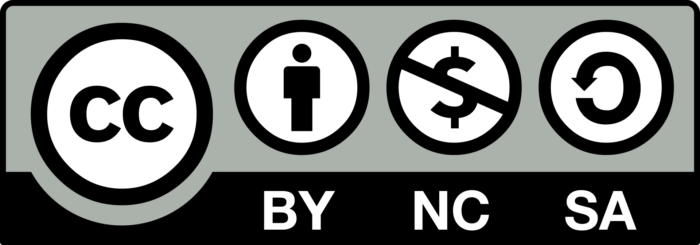Dyson DC44 Animal Vac-Bag Adapter
This part is so basic, it’s a 14 on the pH scale, so we’re going to spend very little time on it…
There. Finished.
More importantly is its function. Today’s about 3D printer material storage.
When you first receive a fresh reel of PLA, you may notice that it comes vacuum-sealed in a bag with a little package of dessicant. With these items usually comes the instruction to keep it properly stored in a cool dry place to prevent moisture absorption (and that new material smell).
Why is moisture absorption so bad? From the RepRap Wiki on PLA:
PLA can absorb moisture from the air. When it is heated this moisture can turn to steam bubbles which with certain hot end (extruder head) designs can interfere with printing. The symptom is that when the extruder motor stops the PLA kept coming out. When the stepper starts again there is a significant delay. Occasionally the tip may blow a bubble with a tiny puff of what looked like steam.
On top of that, it turns out that moisture absorption also contributes to a significant decrease in the tensile strength. From RepRage’s post on the matter (which has more great information and storage suggestions as well):
As you would imagine, the more water absorbed by the PLA, the weaker it becomes. Taking pure PLA, storing it in water for 30 days reduces its tensile strength by 6%. Doesn’t sound too bad right? Well. In the Re-dried condition, the tensile strength of PLA drops by a massive 33%. Enough to be noticeable. If you are heating up PLA enough for absorbed water to turn into steam, you are going to be drying the PLA as you go. So 3D printed ‘wet’ PLA surely falls into the re-dried category. That is, it will be up to 33% weaker than ‘dry’ PLA.
That’s no bueno. And you already opened the factory-sealed bag, didn’t you? Yeah, I did too…
All is not lost though. A quick and easy way to aid in the avoidance of moisture in the air is with vacuum bags and dessicant.
If you’ve got a shop vac handy or another vacuum with a hose or proper attachment, you’re ready to roll. In my home, the vacuum that’s most readily available and usually near my filament supply is my Dyson DC44 Animal Digital Slim.
Side note, and unsolicited plug: It’s by far the best vacuum I’ve ever owned. I enjoy cleaning the house because of this little guy. The vacuum we had before splurging for a Dyson was infuriatingly terrible, and I may or may not have intentionally destroyed it. The only component I didn’t have was a small adapter for vacuum bags, so I made one myself in Autodesk Fusion 360 (review to come at a later date).
The file for this simplicity is available on Thingiverse, YouMagine, and Cults 3D.
5/20/2016 UPDATE: Excited to have this design also on MyMiniFactory!
4/11/2018 UPDATE: Consolidating the number of places hosting the files. More changes to come, but they’re still available for free.
March 2020 UPDATE: Files can be downloaded directly from this site at the bottom of the page. They are also available on Prusa Printers!
Basic, but useful! pic.twitter.com/2Bpodgj0QH
— DragonMtnDesign (@DragonMtnDesign) January 31, 2016
If you like what you’re seeing here, give @DragonMtnDesign a follow on Twitter, and if you REALLY like it, consider leaving a donation on my Cults 3D page.
.
.
.
March 2020 UPDATE: Files are available here! Click the Download button below for a zip file.
Files are available under the Creative Commons BY-NC-SA license.


2 Comments
Hey James,
Great post and I really like the vac-bag adaptor.
I see you linked to that RepRage article.
I also love that resource.
In fact, it inspired me to create a more user friendly and up-to-date version.
Here’s the link in case you want to check it out:
blog.layertrove.com/3d-printer-filament-storage
It might be worth a mention in your article.
Either way, keep up the awesome work!
Cheers,
Ross
Thanks for sharing this, Ross. Looks like a great resource!